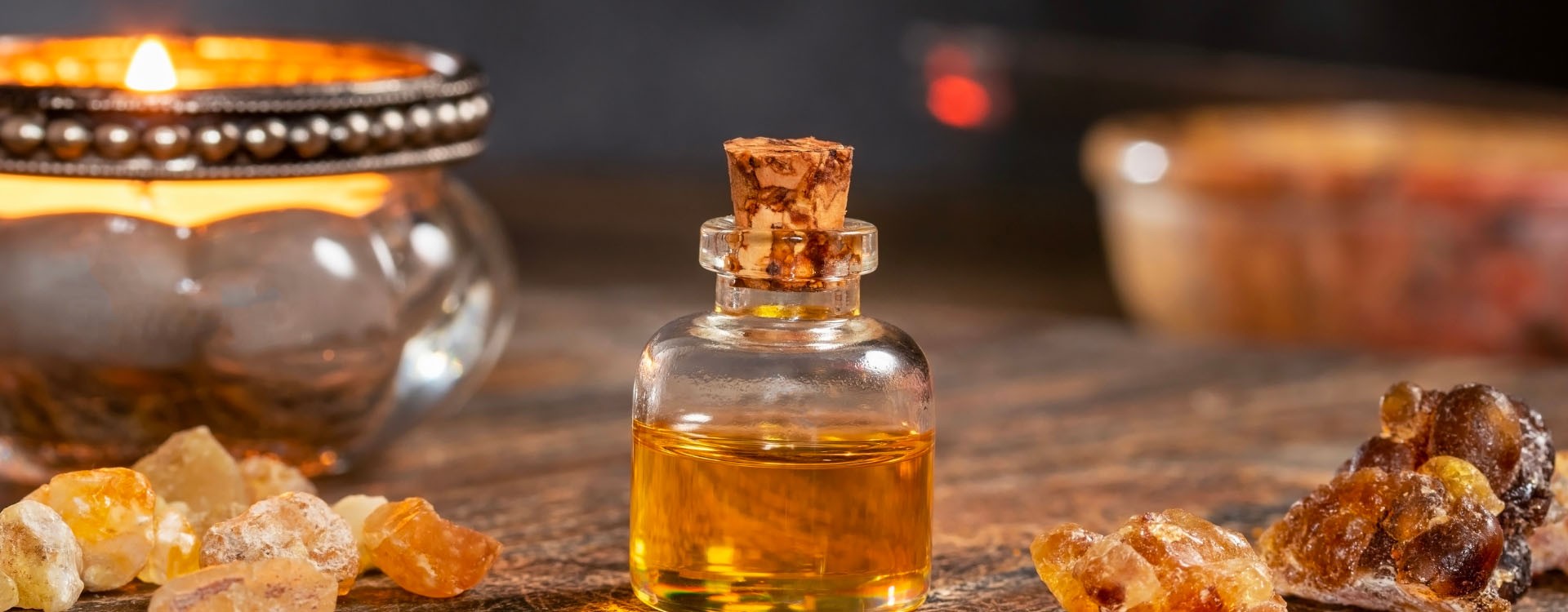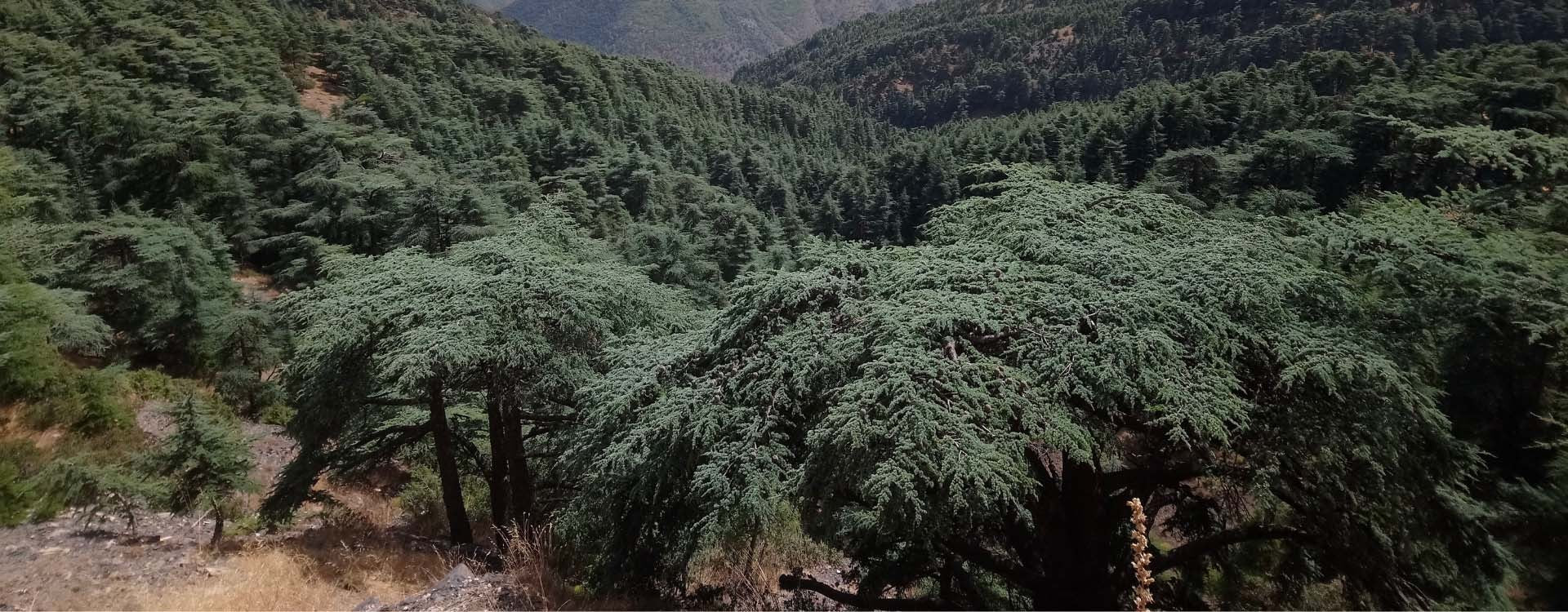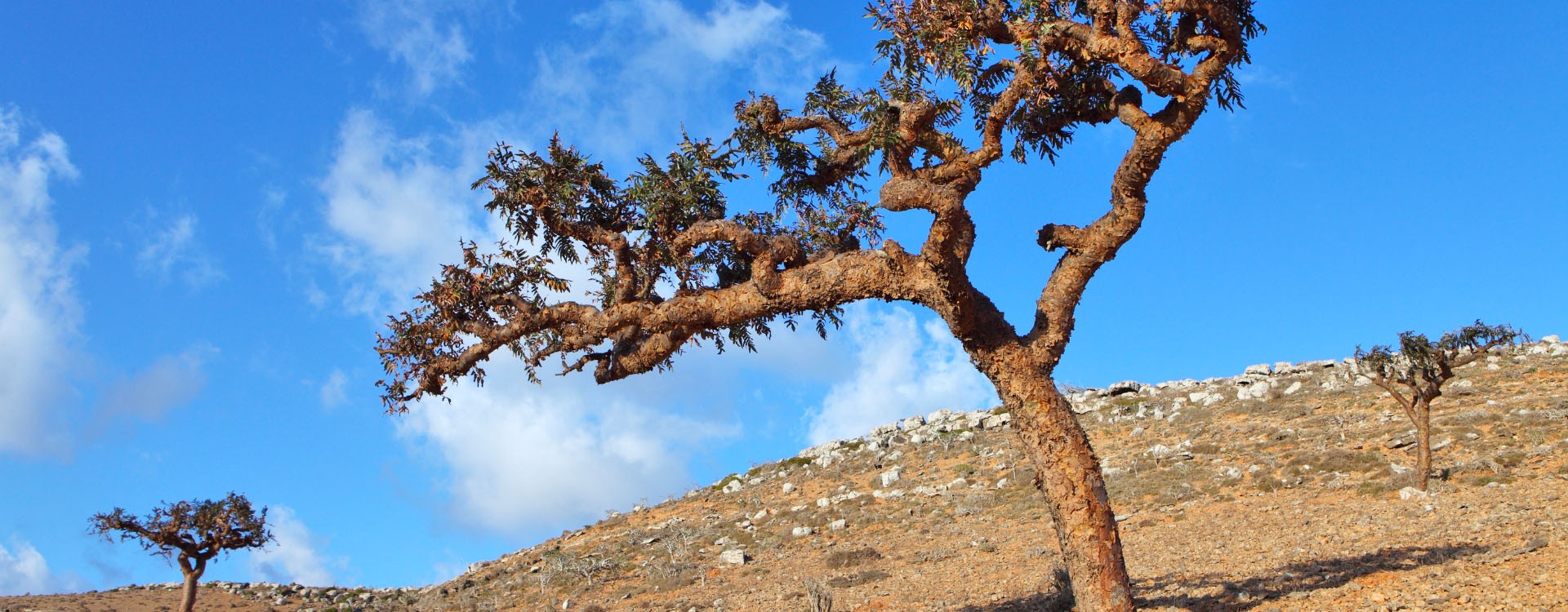From tree to resin: all about the frankincense production process

Origin of frankincense
Olibanum, a precious resin, originates in specific geographical regions and is produced by certain tree species. These two factors are essential to understanding the richness and diversity of this aromatic substance.
Frankincense is mainly produced in the arid and semi-arid regions of several countries in the Middle East andNorth Africa. Among the most renowned production areas areSaudi Arabia,Oman, Somalia,Ethiopia and Yemen. These regions offer the specific climatic conditions needed to produce quality frankincense resin.
Several tree species are responsible for the production of frankincense, but Boswellia sacra and Boswellia carterii are among the most commonly cultivated. These trees belong to the Burseraceae family and are adapted to survive in arid environments. They develop a valuable resin in response to harsh environmental conditions, creating frankincense. Each of these species produces a unique variety of frankincense with specific olfactory and chemical characteristics.
Understanding the geographical origins of frankincense production and the tree species responsible is crucial to appreciating the diversity and quality of this aromatic resin.
Resin harvesting
The harvest of frankincense resin is a crucial stage in the production process, and the methods used vary according to local traditions, evolving modern practices and the optimum harvesting season.
The traditional methods of collecting olibanum resin have been handed down from generation to generation in the producing regions. They usually involve precise incisions made in thebark of the Boswellia tree, allowing the resin to flow slowly out of the tree. Experienced collectors take care not to seriously injure the tree, to ensure its long-term survival.
As production practices have evolved, some regions have adopted modern, sustainable methods of resin collection. These may include the use of special devices to collect resin without damaging the tree, or the implementation of responsible forest management practices. These approaches aim to preserve tree health while maximizingfrankincense production.
The optimum harvesting season varies according to region and tree species. In general, harvesting takes place during the dry season, when resin is more abundant and trees are less susceptible to fungal infections. However, precise dates can vary, and local collectors are usually best informed about the ideal harvesting schedule for their specific region.
Harvesting frankincense resin is a process that combines tradition and innovation to preserve the quality of this precious substance while preserving the health of the producing trees. Understanding the different collection methods and the optimal harvesting season helps to keep this industry sustainable and respectful of the environment.
Transformation of resin into incense
The transformation of raw resin into incense is a delicate stage requiring expertise and know-how. The production process involves several essential phases: extraction, purification and preparation for subsequent use.
The process begins by extracting the raw resin from Boswellia tree resins. This resin is collected in the form of drops or hard pieces. It is then cleaned to remove impurities such as dust and forest debris. The raw frankincense resin is generally translucent or yellowish in color, with a sticky texture.
Raw resin purification is a crucial step in removing impurities, potential contaminants and harvest residues. This step may vary according to local practices, but generally involves heating the raw resin to liquefy it. Next, the resin is filtered to remove unwanted particles, leaving a cleaner, purer substance. This purification process can be repeated several times to obtain a high-quality incense resin.
Once purified, frankincense resin is ready to be transformed into various forms of incense, including grains, powder or essential oil. You can also discoverfrankincense oman available from Real and Roots, certified 100% natural and considered the best in the world. The liquid resin is poured into molds to create solid incense pellets, while other methods allow it to be dried to obtain granular incense or reduced to a fine powder. Finally,olibanum essential oil is extracted from the resin by steam distillation.
The entire process of transforming the raw resin into incense requires a mastery of craftsmanship to preserve the quality and aromatic properties of the frankincense. Once this transformation is complete, frankincense is ready for use in a variety of applications, from spiritual rituals to modern aromatherapy.
Uses of frankincense
Olibanum, also known asincense, has a rich history of use in a variety of fields, from traditional and ritual practices to modern applications in aromatherapy, perfumery, as well as in the medical and wellness fields.
Frankincense has a long history of use in spiritual, religious and cultural rituals around the world. It is often burned to purify the air, create a sacred atmosphere and encourage meditation. It also accompanies prayers, devotions and religious ceremonies, helping the faithful to connect spiritually. Considered a purifier, frankincense is used to ward off negative energies, promoting mental clarity and inner peace.
In modernaromatherapy , frankincense essential oil is widely used for its therapeutic properties. It is known for its calming effects, which help reduce stress and anxiety. Olibanum is also used to improve mood, stimulate creativity and encourage meditation. In perfumery, frankincense is a precious base note, adding remarkable depth and persistence to fragrances. It is often used in the creation of oriental fragrances, alongside other rich ingredients.
Olibanum is exploited for its medicinal benefits, notably its anti-inflammatory and antioxidant potential. In alternative medicine, it is used to relieve a variety of ailments, from joint and muscle pain to respiratory problems. In wellness, frankincense is commonly used for relaxation, meditation and stress reduction. Olibanum baths are taken to relax the body and mind, offering a soothing experience.
In short, frankincense is a versatile substance that finds its place in many spheres of life, from spirituality to contemporary wellness treatments. Its enchanting fragrance and therapeutic properties make it a precious ingredient in many cultures and practices, continually exploited for its multiple benefits.
Quality and authenticity of frankincense
When looking for frankincense, it's crucial to understand the factors that can influence its quality. For example, geographical origin plays a key role, as varieties of frankincense from renowned regions such as Oman or Ethiopia are generally renowned for their superior quality. Moreover, frankincense is classified into different grades according to its purity and quality, the higher grades being preferable as they contain fewer impurities and have a richer fragrance. Moreover, the freshness of frankincense is a critical factor, as a fresh incense gives off a more intense fragrance.
It's also essential to know how frankincense is harvested, especially if it's traditional, as it's preferred for its sustainability and limited impact on producing trees. To guarantee quality, check the provenance of the frankincense you buy, favor products with translucent white to pale yellow grains, and make sure the incense's scent is rich, complex and enchanting.
Finally, it's a good idea to read customer reviews and choose reputable, reliable suppliers, such as Real and Roots, who are committed to supplying authentic, high-quality frankincense. By taking these factors into account, you can select genuine frankincense and take full advantage of its benefits and enchanting fragrance.



